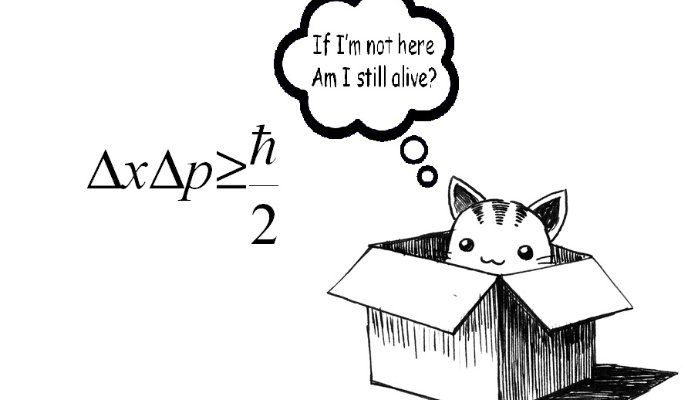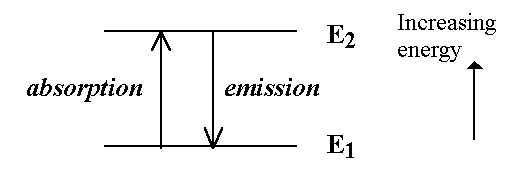| Quantum mechanics is the study of subatomic particles, energy, and other small-scale concepts, such as the behavior of photons and electrons. |
 The Uncertainty Principle states that there is a limit to how well you can know both the position and momentum of a particle. For example, if someone knew the exact position of a particle, they wouldn't be able to find it's momentum. |
 Also known as "Quantum Theory," the quantization of energy is the absorption of energy in
quanta (a certain amount of energy). When electromagnetic energy increases/
decreases, it steps up and down between quantized "levels" instead of a
curve. It shows how energy can be lost and gained using quantums, which is the smallest unit of energy. A German physicist by the name of Max Planck was the first to create a "quantum hypothesis". He attempted to explain why when levels of energy changed from the surface of something that was heated didn't show up as a smooth curve, but instead something more rigid. It wasn't explainable by physics at the time (the year 1900). He then created the "Planck constant" which explained the change in energy absorption. |